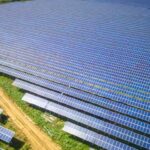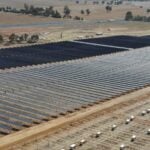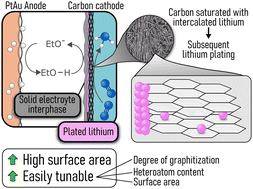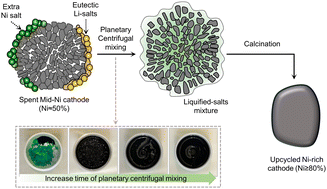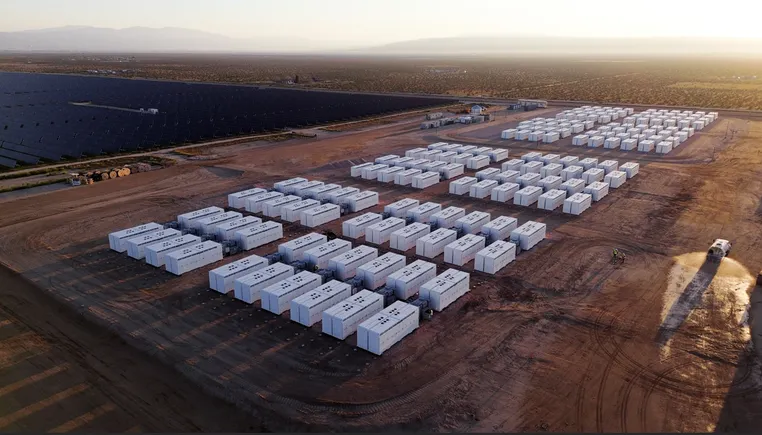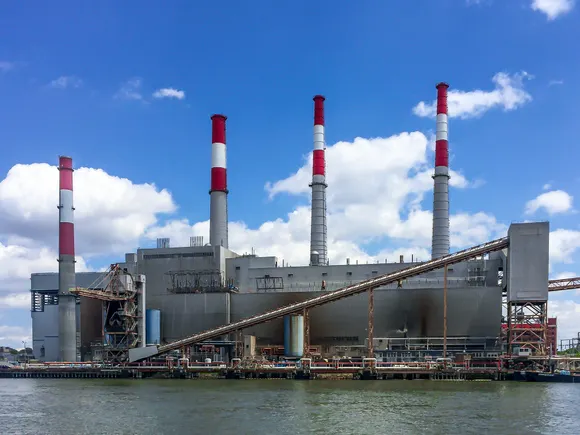Audi RS6 to keep V8 with new hybrid alongside EV
Both hybrid and electric performance A6s are being readied for 2026 The next Audi RS6 will be completely electrified for its fifth generation in 2026, when it will arrive with both a plug-in hybrid V8 powertrain and a fully electric one – a first for Audi Sport. Set to rival both the electric BMW i5 M60 and the PHEV BMW M5, the new RS6 will be the most powerful version yet, producing as much as 730bhp in combustion-engined form. And for the first time since 2010, the RS6 will offer a choice of estate and saloon bodystyles. The decision to continue offering a combustion-engined RS6 comes two years after Audi Sport confirmed its intention to take the RS6 fully electric. Slower than anticipated EV sales in important markets prompted a revision of that plan, with Audi now instead seeking to extend the life cycles of key ICE models well into the next decade. The dual-powertrain approach is underpinned by a dual-platform strategy. The electric RS6 E-tron sits on the Volkswagen Group’s Premium Platform Electric (PPE). Meanwhile, the combustion-engined RS6 adopts the Premium Platform Combustion (PPC) – an evolution of the MLB architecture used by the current RS6, which was introduced in 2019. Details remain scarce, but the combustion-engined RS6 is understood to continue with an updated version of the Porsche-developed twin-turbocharged 4.0-litre V8 petrol engine used by its predecessor. But in order to meet stricter Euro 7 emissions legislation, it is expected to be combined with a plug-in hybrid system that incorporates a gearbox-mounted electric motor and a lithium ion battery – a set-up already deployed in various Porsche and Bentley models. Recent sightings of test vehicles appear to confirm this development, with mules spotted wearing smaller, more inboard tailpipes closely resembling those fitted to the Porsche Cayenne Turbo E-Hybrid. A ‘high voltage’ sticker has also been seen on these prototypes. Using this set-up also means a bump in power over the existing RS6’s 621bhp and 627lb ft. For example, in the most potent Cayenne, the PHEV arrangement delivers a combined 730bhp and 701lb ft of torque. An even more powerful version of this PHEV powertrain is used in the facelifted Porsche Panamera Turbo S E-Hybrid, where it develops 771bhp and 738lb ft. That provides the four-wheel-drive luxury liftback with an official 0–62mph time of 2.9sec and a 202mph top speed – figures that Audi Sport will be aiming to emulate with the new RS6. The move to develop the V8 for the RS6 is reinforced by fellow Volkswagen Group brand Porsche, which announced last year that the next-generation Cayenne and other models will retain combustion engines into the future, with investment aimed at “improving the efficiency of the V8 developed by Porsche and built at the Zuffenhausen engine plant”. The electric RS6 E-tron, meanwhile, is confirmed to run a sophisticated dual-motor, four-wheel-drive powertrain that builds on the one already in the S6 E-tron. In that model (launched alongside the standard A6 E-tron earlier this year), the system develops 543bhp and 631lb ft. Insiders at Audi Sport have suggested to Autocar that power will be ramped up to somewhere closer to 670bhp and 701lb ft. One source said: “It’s unlikely to reach as far as the RS E-tron GT [Audi Sport’s most powerful model, at 912bhp], but there will be a solid increase over and above the S6 E-tron as part of the differentiation measures.” Like some other performance EVs, such as the Hyundai Ioniq 5 N, Audi will also give the RS6 E-tron a trick gearbox and pump sound into the cabin to increase driver engagement. Audi Sport engineers are also claimed to be developing a progressive torque curve. The EV will use the same 94.8kWh (usable) battery as the A6 E-tron but, given its performance positioning, it isn’t expected to achieve the same range as the standard saloon (463 miles) or Avant estate (437 miles). Both the electric and combustion-engined RS6s will be visually more aggressive than their standard stablemates, with a more angular design, wider arches and, at the rear, a deep diffuser and larger roof-mounted spoiler. For the PHEV, notably larger air intakes and centrally positioned oval tailpipes will be added. Meanwhile, the EV will grow to 4900mm in length, to match its PHEV V8 sibling. Despite the adoption of lightweight materials such as aluminium and composites, the extra hybrid hardware will add mass, tipping the new PHEV RS6 beyond the 2090kg of its predecessor. The electric RS6 E-tron, meanwhile, is set to exceed the 2500kg mark. To preserve handling agility and improve comfort, Audi Sport is expected to introduce a new active suspension system similar to that of the Panamera Turbo S E-Hybrid. Sightings of prototypes also suggest braking will be handled by large carbon-ceramic discs and 10-piston front calipers. As with previous iterations, the new RS6 is expected to maintain a significant premium above the rest of the A6 range. For the EV, it will
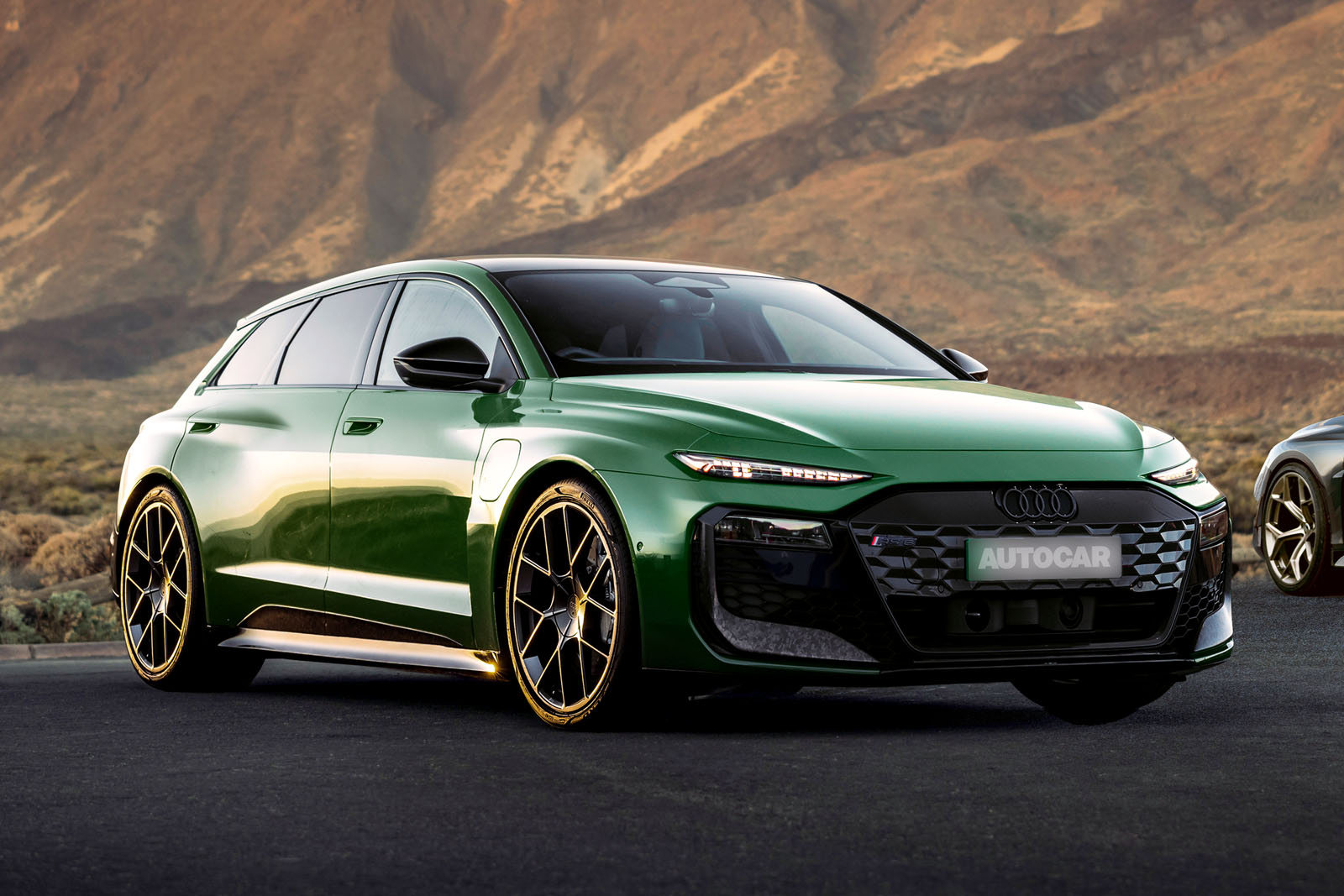
 Both hybrid and electric performance A6s are being readied for 2026
Both hybrid and electric performance A6s are being readied for 2026
The next Audi RS6 will be completely electrified for its fifth generation in 2026, when it will arrive with both a plug-in hybrid V8 powertrain and a fully electric one – a first for Audi Sport.
Set to rival both the electric BMW i5 M60 and the PHEV BMW M5, the new RS6 will be the most powerful version yet, producing as much as 730bhp in combustion-engined form.
And for the first time since 2010, the RS6 will offer a choice of estate and saloon bodystyles.
The decision to continue offering a combustion-engined RS6 comes two years after Audi Sport confirmed its intention to take the RS6 fully electric. Slower than anticipated EV sales in important markets prompted a revision of that plan, with Audi now instead seeking to extend the life cycles of key ICE models well into the next decade.
The dual-powertrain approach is underpinned by a dual-platform strategy. The electric RS6 E-tron sits on the Volkswagen Group’s Premium Platform Electric (PPE). Meanwhile, the combustion-engined RS6 adopts the Premium Platform Combustion (PPC) – an evolution of the MLB architecture used by the current RS6, which was introduced in 2019.
Details remain scarce, but the combustion-engined RS6 is understood to continue with an updated version of the Porsche-developed twin-turbocharged 4.0-litre V8 petrol engine used by its predecessor. But in order to meet stricter Euro 7 emissions legislation, it is expected to be combined with a plug-in hybrid system that incorporates a gearbox-mounted electric motor and a lithium ion battery – a set-up already deployed in various Porsche and Bentley models.
![]()
Recent sightings of test vehicles appear to confirm this development, with mules spotted wearing smaller, more inboard tailpipes closely resembling those fitted to the Porsche Cayenne Turbo E-Hybrid. A ‘high voltage’ sticker has also been seen on these prototypes.
Using this set-up also means a bump in power over the existing RS6’s 621bhp and 627lb ft. For example, in the most potent Cayenne, the PHEV arrangement delivers a combined 730bhp and 701lb ft of torque.
An even more powerful version of this PHEV powertrain is used in the facelifted Porsche Panamera Turbo S E-Hybrid, where it develops 771bhp and 738lb ft. That provides the four-wheel-drive luxury liftback with an official 0–62mph time of 2.9sec and a 202mph top speed – figures that Audi Sport will be aiming to emulate with the new RS6.
The move to develop the V8 for the RS6 is reinforced by fellow Volkswagen Group brand Porsche, which announced last year that the next-generation Cayenne and other models will retain combustion engines into the future, with investment aimed at “improving the efficiency of the V8 developed by Porsche and built at the Zuffenhausen engine plant”.
The electric RS6 E-tron, meanwhile, is confirmed to run a sophisticated dual-motor, four-wheel-drive powertrain that builds on the one already in the S6 E-tron.
![]()
In that model (launched alongside the standard A6 E-tron earlier this year), the system develops 543bhp and 631lb ft.
Insiders at Audi Sport have suggested to Autocar that power will be ramped up to somewhere closer to 670bhp and 701lb ft.
One source said: “It’s unlikely to reach as far as the RS E-tron GT [Audi Sport’s most powerful model, at 912bhp], but there will be a solid increase over and above the S6 E-tron as part of the differentiation measures.”
Like some other performance EVs, such as the Hyundai Ioniq 5 N, Audi will also give the RS6 E-tron a trick gearbox and pump sound into the cabin to increase driver engagement.
Audi Sport engineers are also claimed to be developing a progressive torque curve.
The EV will use the same 94.8kWh (usable) battery as the A6 E-tron but, given its performance positioning, it isn’t expected to achieve the same range as the standard saloon (463 miles) or Avant estate (437 miles).
![]()
Both the electric and combustion-engined RS6s will be visually more aggressive than their standard stablemates, with a more angular design, wider arches and, at the rear, a deep diffuser and larger roof-mounted spoiler.
For the PHEV, notably larger air intakes and centrally positioned oval tailpipes will be added. Meanwhile, the EV will grow to 4900mm in length, to match its PHEV V8 sibling.
Despite the adoption of lightweight materials such as aluminium and composites, the extra hybrid hardware will add mass, tipping the new PHEV RS6 beyond the 2090kg of its predecessor. The electric RS6 E-tron, meanwhile, is set to exceed the 2500kg mark.
To preserve handling agility and improve comfort, Audi Sport is expected to introduce a new active suspension system similar to that of the Panamera Turbo S E-Hybrid.
Sightings of prototypes also suggest braking will be handled by large carbon-ceramic discs and 10-piston front calipers.
As with previous iterations, the new RS6 is expected to maintain a significant premium above the rest of the A6 range. For the EV, it will rise beyond its £99,300 S6 sibling, while prices for the petrol-powered car are expected to extend in the direction today’s £176,975 RS6 Avant GT.



















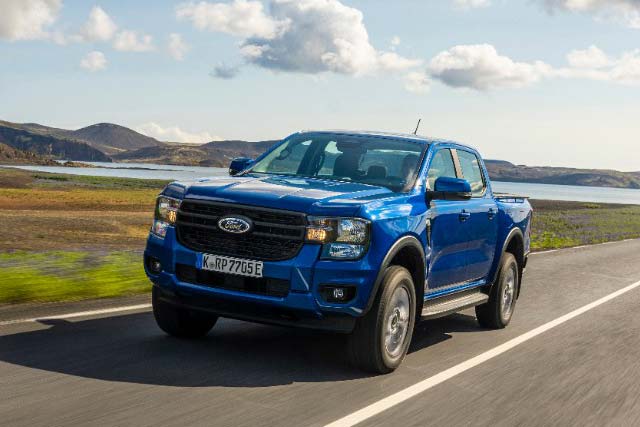



























































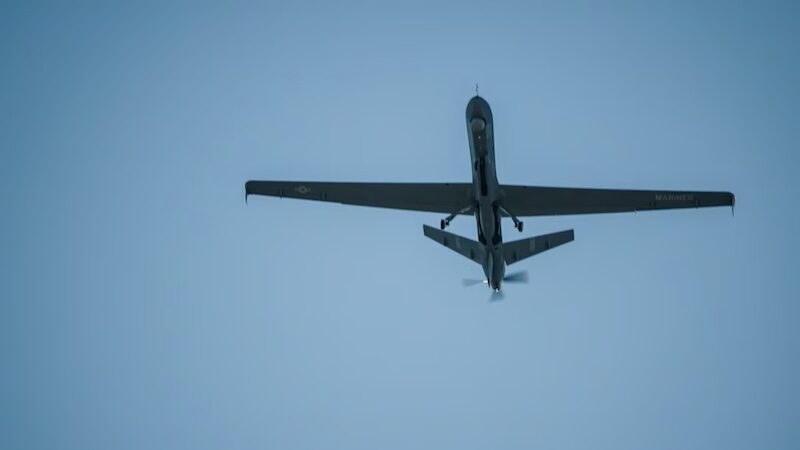
![The sights of the Paris Air Show Day 2 [PHOTOS]](https://breakingdefense.com/wp-content/uploads/sites/3/2025/06/IMG_1837-scaled-e1750181568851.jpg?#)

![An FCAS fracas and Embraer’s European embrace: Paris Air Show Day 2 [Video]](https://breakingdefense.com/wp-content/uploads/sites/3/2025/06/IMG_3682-e1750159767304.jpg?#)













![[Updated] U.S. Air Force Mobilizes F-22s and F-35s as Situation in Middle East Escalates](https://theaviationist.com/wp-content/uploads/2025/06/F-22_F-35_CENTCOM-top.jpg)









